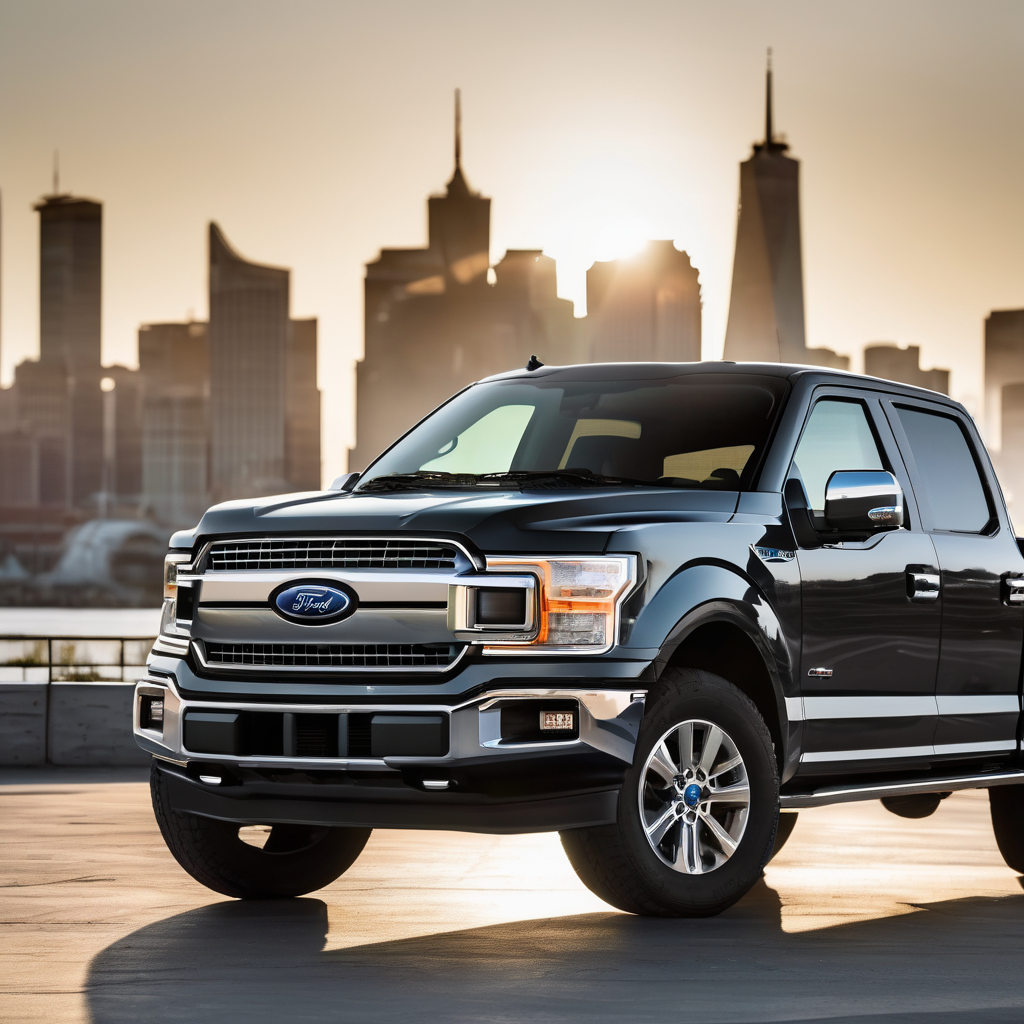TOKYO – When one thinks of Japan’s most recognizable trucks, the small white vehicles that farmers navigate through their rice fields often come to mind. However, during a recent meeting with U.S. President Donald Trump, Japanese Prime Minister Sanae Takaichi spotlighted a different kind of truck entirely, the iconic Ford F-150, as a symbol of strengthening economic ties with the United States.
On October 27, 2025, the Akasaka Palace in Minato, Tokyo, served as the venue for discussions between Takaichi and Trump. In a strategic move, the Prime Minister showcased U.S.-made cars, including the robust Ford F-150, a model that holds particular appeal for Trump. The president has openly expressed his desire for increased American vehicle presence in Japan, citing the country’s stringent auto safety standards as a barrier to American brands.
The low uptake of large American vehicles in Japan stems from various factors, including the country’s unique driving conditions and consumer preferences. Japanese streets are often narrow and parking space is limited, leading to a preference for compact cars. In fact, while brands like Jeep have managed to carve out a niche, the majority of American cars struggle to gain traction, overshadowed by popular European models such as Mercedes-Benz and BMW.
Former Prime Minister Shigeru Ishiba previously articulated the challenges that American car brands face, attributing their poor sales to a lack of understanding of local road conditions and an emphasis on energy conservation. American vehicles typically feature left-side steering, which can complicate their usability in a country where right-side steering is the standard.
Trump’s reception of the Ford F-150’s presence was enthusiastic; he acknowledged Takaichi’s choice and referred to the truck as “a hot truck.” His positive response aligns with his broader agenda of promoting American products overseas and negotiating favorable trade agreements.
The evolving trade relationship between Japan and the U.S. is complex, particularly after tariffs were introduced earlier this year. While the Japanese government committed to significant investments totaling $550 billion in the U.S. in September, there are expectations that these investments will benefit Japanese vendors and contractors as well.
Currently, in Japan, there is a marked increase in popularity for sport utility vehicles, especially among families and outdoor enthusiasts. Nevertheless, consumers still lean towards smaller and more stylish options, making the future of large American vehicles in the market uncertain.
This engagement between Japan and the U.S. highlights the potential for enhanced collaboration and economic growth, offering a hopeful outlook for American automotive brands to establish a stronger foothold in Japan’s competitive market.
